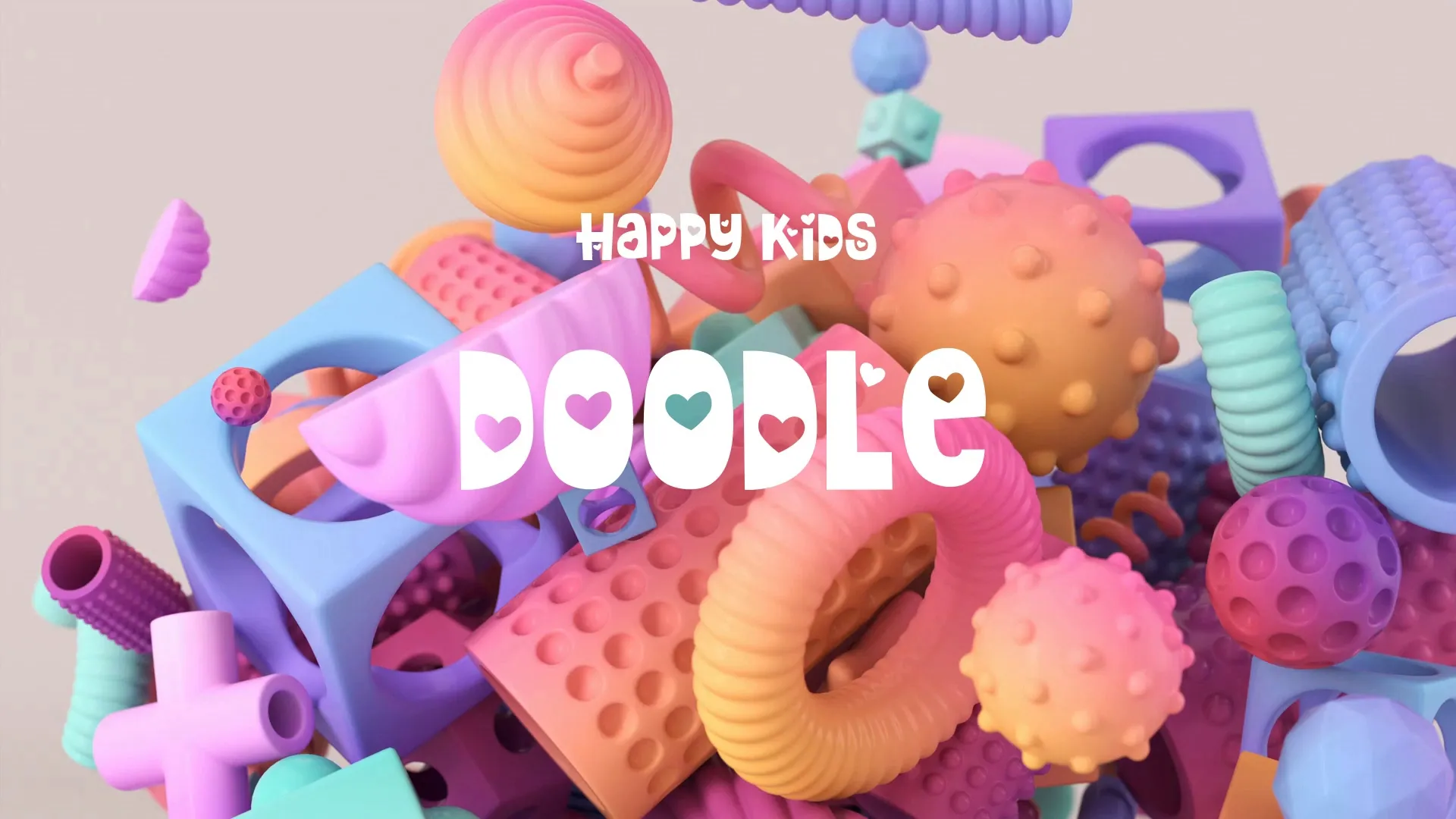AI-Powered Optimization: Enhancing Game Performance and Immersion with Advanced Tools
AI-Powered Optimization: Enhancing Game Performance and Immersion with Advanced Tools
Artificial intelligence is rapidly transforming game development, moving beyond content generation to fundamentally optimize performance and deepen player immersion. Modern game engines now leverage AI to handle complex computational tasks, pushing visual and physical fidelity to new heights without crippling hardware.
This shift allows developers to create richer, more dynamic worlds while maintaining crucial frame rates.
The AI Edge in Real-Time Global Illumination
Achieving realistic lighting in games has always been a significant performance challenge. Real-time global illumination (GI) traditionally demands immense processing power, often leading to baked lighting solutions that lack dynamic response.
AI, however, is changing this landscape by intelligently approximating light bounces and reflections in real time.
Techniques like AI-driven denoising and sampling optimization allow for high-quality GI with significantly reduced computational overhead. This means dynamic time-of-day cycles and destructible environments can feature physically accurate lighting that updates instantly, making scenes far more believable.
For developers, integrating these advanced rendering techniques game development with AI means less time spent on manual lightmap baking and more on creative iteration. Consider how AI can help process complex light paths efficiently, enabling features previously only seen in pre-rendered cinematics to run live in-game.
Revolutionizing Physics with AI-Powered Simulation
Realistic physics simulation is another area where AI offers profound advantages, especially for real-time physics simulation game dev. Traditional physics engines can be computationally expensive, particularly with many interacting objects or complex material properties.
AI models can learn and predict physical behaviors, allowing for more nuanced and performant simulations.
Imagine environments where thousands of particles react realistically to explosions or where cloth simulation adapts dynamically to character movement without a massive CPU hit. AI can optimize collision detection, predict object trajectories, and even simulate fluid dynamics with greater efficiency and realism.
This not only enhances visual fidelity but also creates more emergent gameplay possibilities. Advanced physics game engine capabilities driven by AI lead to worlds that feel more tangible and responsive to player actions.
Practical Implementation and Overcoming Challenges
Integrating AI-powered optimization tools into your workflow requires a strategic approach. Start by identifying specific performance bottlenecks or areas where immersion is lacking due to computational constraints.
Leverage engine-specific features and plugins that already incorporate AI for tasks like rendering or physics. For instance, some modern engines offer AI-enhanced upscaling or intelligent culling systems.
When working with engines like Unreal, optimizing your C++ code is still paramount, even with AI assistance. For more foundational performance gains, exploring unreal engine c++ performance tips can provide a solid base before layering AI optimizations.
Create a free account, or log in.
Gain access to free articles, game development tools, and game assets.























